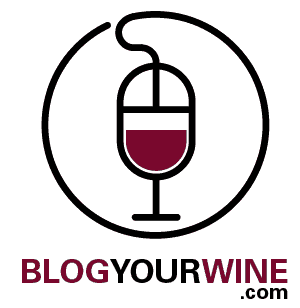
Grapes
100% Chardonnay
Facts
- “Hang-on!!! Why doesn’t that bottle of Chablis have a handle?”
Yup….. Carlo Rossi really screwed this one up for the French, didn’t he!?!? Even though his big-dirty-liter-jug-with-a-handle features the Chablis name, it’s about as far removed from “true” Chablis as you can get! So do me a favor, the next time you see this Californian imposter, you must only refer to it as CHAB-LIZ. - Chablis is always white and always made from Chardonnay. No exceptions.
Of course the problem is that nowhere on the wine label (front or back) will you find any mention of the grape. Much as is the same way with the majority of wines hailing from France, they expect you to know these kinds of details! Not exactly helpful on the part of the French, right? - Founded in 1840 by barrel-maker Jean Febvre, the winery now known as Simonnet Febvre focused for many years exclusively on the production of sparkling wine. They were bought in 2003 (by some random guy named Louis Latour), and have since branched out into still wines, but they’re currently the only winery in Chablis that make a Cremant de Bourgogne (sparkling wine from Burgundy).
- As the ABC (Anything But Chardonnay) movement continues to be fueled by consumer distain for the over-use of oak in wine, Chablis might help to re-energize your passion for the Chardonnay grape. It has to be stated, though, that more oak is slowly edging into Chablis wines at its Premier and Grand Cru levels.
- The ‘09 Simonnet Febvre Chablis received 90 points from the Wine Spectator.
- Click here for the Simonnet Febvre website and here for their Facebook Page. It’s worth noting that they currently have just over 2,000 fans……compared to the Carlo Rossi Facebook Page….which has……wait for it……over 32,000 fans! People are dumb…

 Place (click map for larger view)
Place (click map for larger view)
- The biggest confusion (as is the case with a great number of European wines) is that Chablis is not a grape, but actually a place, i.e. you can go to Chablis.
- The taste of wines from Chablis are directly linked to the Jurassic limestone deposited over 150 million years ago. This soil contains fossilized oyster shells, which strongly suggest that the entire region was once sunk beneath a warm ocean.
- Much in the same way true-Champagne must be produced in its namesake region, Chablis must hail from the Chablis region of Northern Burgundy.
- The Romans were the first to formally introduce viticulture to Chablis (they liked to party), and after a while the many churches scattered throughout the region took an interest and started buying up the vineyards (contrary to widespread belief, they also liked to party).
- Chablis wasn’t officially part of the Burgundy region, until it was included in the 1400s. It’s worth noting that the Chablis region is actually closer to the Champagne region than it is the rest of Burgundy.
Taste
Mineral-driven and crisp from start to finish, showing green apple, lime, lemon and yellow grapefruit. Beautifully floral and well balanced. No oak. A great introduction to Chablis for the uninitiated.
Pairing
Oysters are a given, but you can also consider white fish, shell fish, mussels, omelets, roast chicken and salads.
Price
$18


